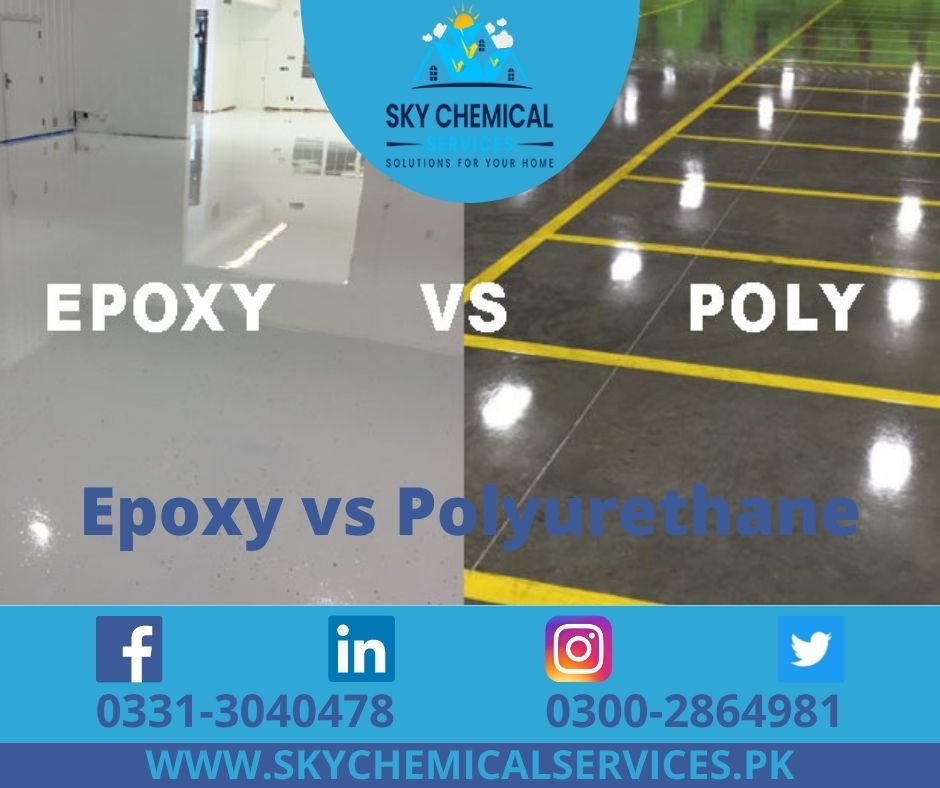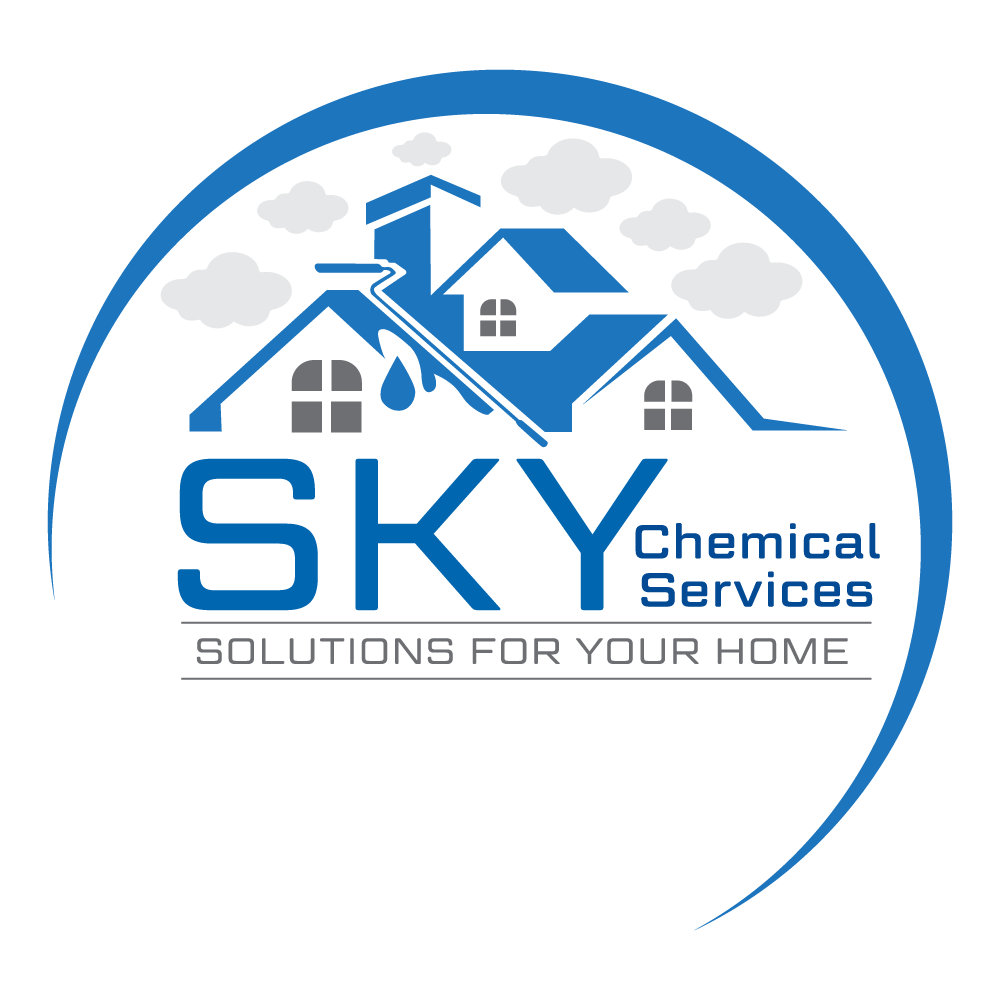
Epoxy vs. Polyurethane – Which one is better?
Epoxy vs Polyurethane: Chemical and acid resistance, simplicity of maintenance, and aesthetic appeal are all characteristics of epoxy vs polyurethane coatings. We’ll look at some of the differences between the two so you can figure out which product is best for your floor.
Advantages of Epoxy
There are different forms of epoxies, including water-based, solvent based and 100% solids. This product is extremely easy to apply and allows for different degrees of thickness (usually 3-15 mils), giving you an extremely durable floor that can withstand abuse and roughness. Epoxies are made from different amounts of VOC levels. However, you can request epoxies with low VOCs.
Epoxies are a convenient option for warehouses, garages and others. Also, they are used to fill hairline cracks and dings on the floor. It is resistant to a large number of chemicals such as solvents and acids. These floors are easy to maintain and clean. Underfloor heating works nicely with epoxy flooring. You can save energy and space along with being cost-effective. The coating offers no seams or edges, and it integrates seamlessly with the environment.
Best Brushes for Polyurethane Coatings
Advantages of Polyurethane
Polyurethanes are a type of thermosetting polymer that is commonly used as a floor finish. Aliphatic polyurethanes are the most popular, with solid content ranging from 55 to 75 percent and a dry thickness of 1-4 mils depending on the application technique. Aliphatic polyurethanes are very flexible and have a high impact resistance. They are also UV stable, which means they will not yellow over time when exposed to sunshine, unlike certain epoxies.
Epoxies are substantially harder than polyurethane, yet polyurethane is more scratch resistant. Polyurethanes do not adhere well to concrete and lack the self-leveling qualities that epoxies have when used on these surfaces. Most polyurethanes have a high VOC content and emit a strong odor when applied.
Disadvantages of Epoxy
Because epoxy flooring is firm, there is contact noise while walking on them. As a result, flexible polyurethane flooring is commonly found in both offices and residences. An epoxy floor without underfloor heating feels chilly, comparable to tiled flooring.
Ripples in the floor might appear if there is unevenness or fissures in the substrate. This occurs only when the epoxy floor is no longer able to bridge existing fissures. The substrate sticks to the floor. As a result, it’s critical to use epoxy flooring only on a flat surface. If the surface is uneven, it must first be corrected.
Disadvantages of Polyurethane
Polyurethane goods have a short life span, which is one of their key drawbacks. Polyurethane has hydroscopic properties, which means it absorbs water. Polyurethane mattresses absorb water and progressively deteriorate, losing their support qualities. The similar issue exists with polyurethane adhesives and sealants. In addition, exposure to direct sunshine or organic solvents reduces the longevity of polyurethane coatings.
Polyurethane is utilized in a variety of products, including beds, building insulation, footwear, and paints. According to ESP Energy, polyurethane emits poisonous gases that are harmful to inhale. People who are too exposed to polyurethane get allergic responses, rashes, breathing difficulties, loss of consciousness, and even blindness.
When polyurethane foam is burnt, it produces hazardous gases. Some blowing agents in polyurethane create greenhouse gases, which are harmful to the environment. Some polyurethane foams include nonrenewable fossil fuels that have negative environmental consequences. Despite the fact that it is not as harmful as many other compounds, it nevertheless has a negative impact on the environment.
Operational Differences
Let’s start with the operational distinctions. These are distinctions that have an impact on the floor’s end-user. Polyurethane floors are softer, less durable, and have lower compression strength than epoxy floors. This is why they’re so popular in heavy-duty industries, warehouses, and logistics hubs with a lot of forklift activity. Polyurethane floors are often softer and more elastic, making them more scratch resistant since their elasticity absorbs part of the impacts. PU flooring are also favored in freezing chambers where the storage temperature can reach -30 degrees Celsius due to their flexibility (-22 F). Because the elastic covering may operate as a waterproofing and crack-bridging layer, they are also a viable choice for multi-deck car parks.
Conclusion
Epoxy vs Polyurethane floorings are beneficial for residential and commercial areas and offer various advantages and disadvantages. Epoxy hardens after the curing process is complete whereas polyurethane coating is a bit softer and provides a cushioning effect when a person walks on it. As far as humidity is concerned, polyurethane coatings are more susceptible to damage than epoxy ones.
If you like to know more about our services, visit (https://skychemicalservices.pk/)
